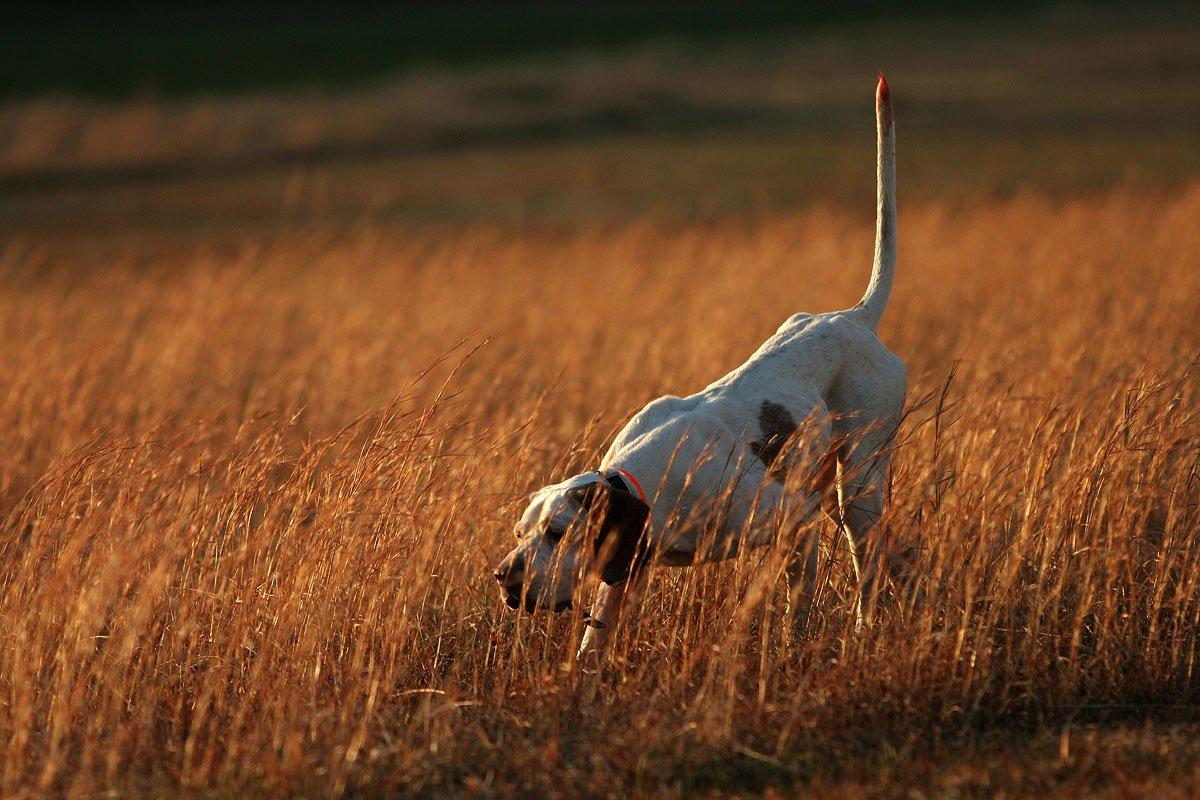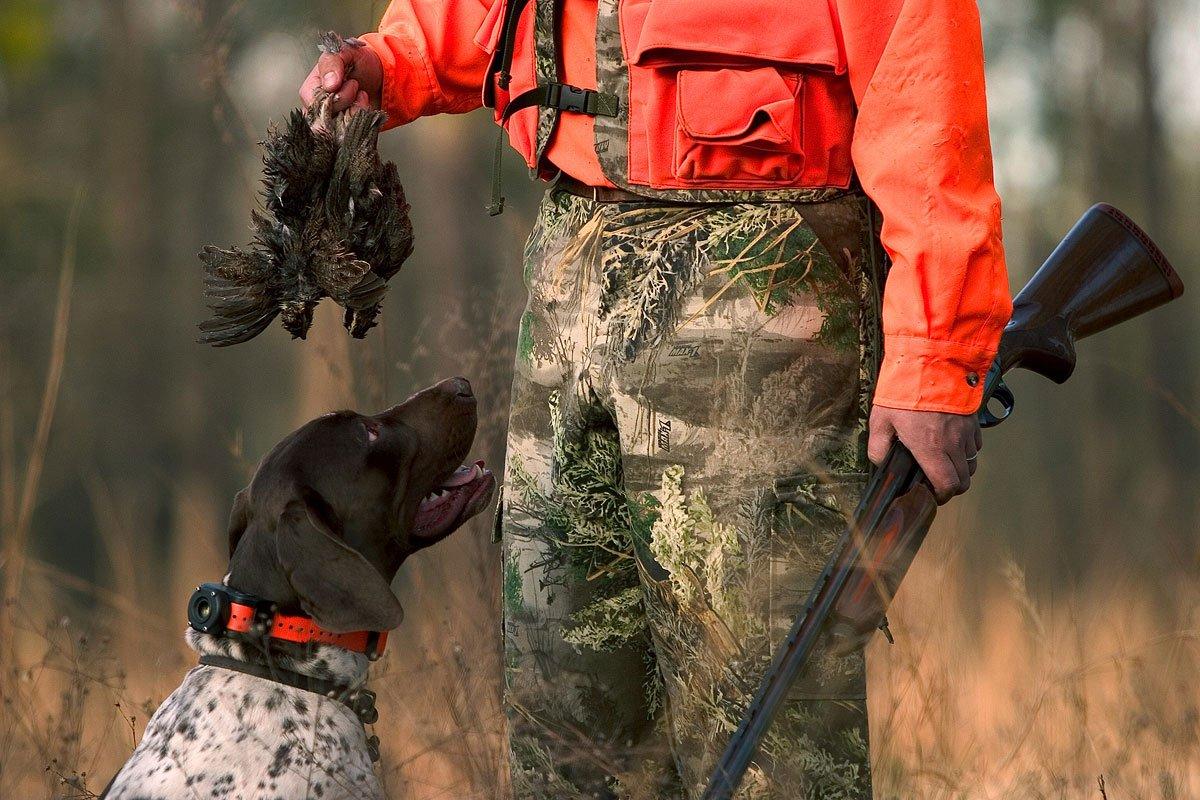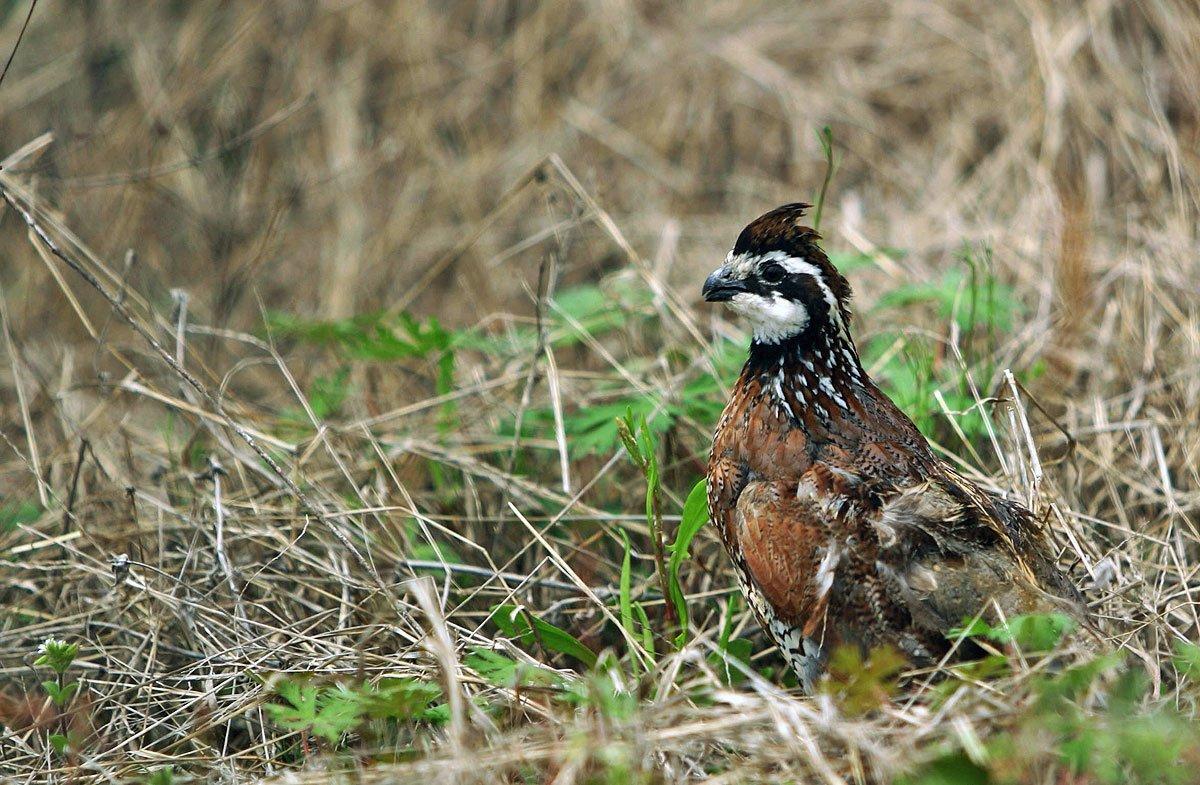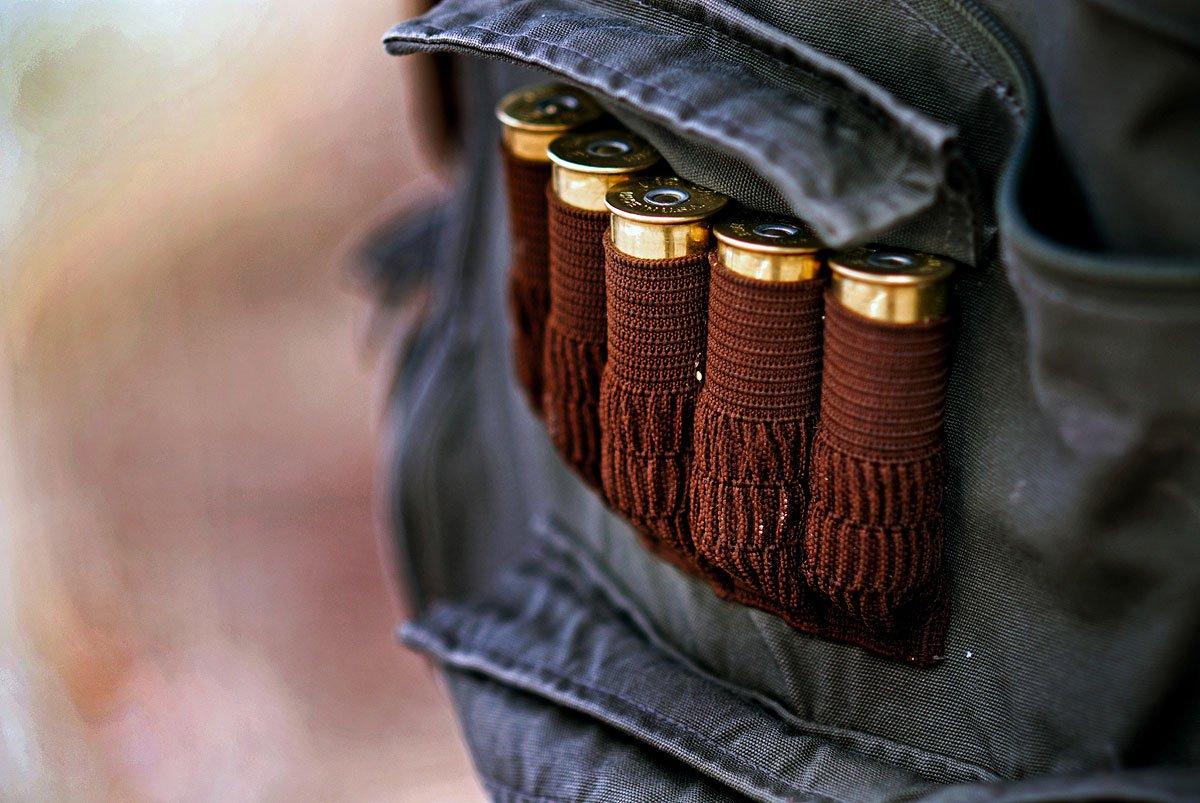Mention "quail hunting" these days and an image of a genteel sportsman with an expensive over / under comes to mind. But it wasn't always like that
(Editor's Note: This Retro Realtree article was originally published in March, 2011)
It's late August when I knock on the old man's door. I'm in Graves County, a row-crop county in southwest Kentucky. People are still friendly here, and unsuspicious of a stranger at the door. The old man shakes my hand as I introduce myself and ask about bowhunting behind his house in the coming weeks.
My grandsons hunt back there; otherwise I'd let you, he says. And then, in the way an old man often will, he continues the handshake as his eyes narrow under gray brows. Say your name's Brantley?
I nod. Yes, sir.
You any relation to a Brantley from around Dawson Springs? Big bird hunter? Lawyer, I think?
I nod again. Yes, sir. That's my dad. But he doesn't have bird dogs anymore.
Son, the old man says, your daddy and his buddy used to come down here and kill a lot of birds; more of them than anybody else. I had bird dogs back then, too, but I just wasted my time going to a farm after they'd hunted it. Some of the old bird hunters around here still talk about them.
That buddy would've been Donald Stevens, and even though I was just a toddler—maybe not even born—at the time, I know what the old man is saying is true.
Mention quail hunting these days and a portrait of a genteel sportsman in pressed upland clothing and fedora hat, following groomed setters on a plantation with an expensive over/under may come to mind. And I guess given the bobwhite's sad state of affairs, that image is an accurate one often as not anymore. But it wasn't always like that.
Dad and Donald, like many outdoorsmen in the years before the whitetail craze took over the woods, were bird hunters (and though bird meant quail, few called it quail hunting). They wore faded flannel and Army surplus wool sweaters that seemed to grab at cockleburs three bushes away. Donald had an old Browning A-5000 covered in camo tape, also his turkey gun in the spring. For a while, Dad carried a 16-gauge Wingmaster, a gun that he fired so much that when you pick it up (it's still in his gun cabinet) and touch the slide release, the forearm drops on its own and the action clicks wide-open. Later, particularly when he and Donald began hunting together a lot, he switched to a semiautomatic B-80.
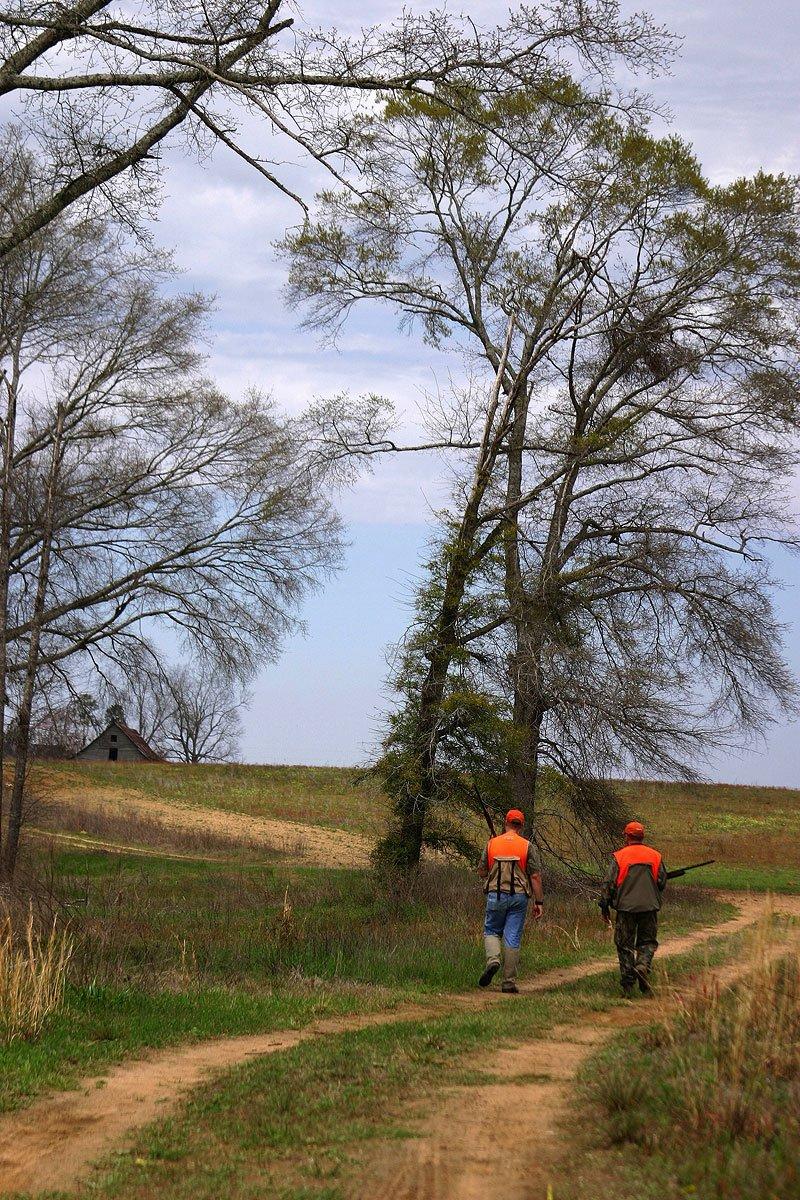
"Me and your mama lived at the lake in that little house back then, Dad would say. Donald would go in and work of a night. We'd be planning to hunt of a morning, and I'd see him pull into the driveway in his old car right after sunup. He'd step out and stretch, and nearly fall asleep right there, still in his work clothes from the night before.
The trunk latch didn't work right on that car, so Donald kept a screwdriver with him to open it. He'd fiddle with the lock awhile and the trunk would suddenly pop open. It'd be cold, so this great plume of steam would roll out. A pile of bird dogs would bound out of the steam and bark and yip and find spots to crap in the yard. Donald would get his hunting clothes, drag himself inside and lay down on the couch. He'd lay there awhile, Mama would fix him breakfast, and then we'd eventually go hunt.
Dad was a good wingshot, but Donald was the best many people had ever seen. It was said he kept an extra shell between his index and middle finger when approaching a dog on point and often pulled off four shots that all killed birds on the rise. Donald was the only person Dad had ever seen who purposely waited until two birds lined up in flight to kill them both. And, when the shooting was done, Donald knew where all his birds had fallen—as well as those of whoever else was shooting.
Hunting alongside Donald Stevens was the only reason I quit shooting a pump and bought my first automatic, Dad told me.
After my younger brother was born and I got just big enough to follow Dad around the house and bug him with questions, but not quite big enough to follow him in the field, Dad gave his bird dogs to Donald and put his shotgun in the cabinet, at least for a while. He told Mom,
I won't force them to play sports they don't want to play, or make them go hunting or fishing if they don't want to go—except for one thing. Those boys will go bird hunting with me and shoot at a pointed bird at least once in their lives.
He held to his word. I shot my first quail when I was maybe 12 over an old hard-headed liver-and-white pointer that Donald loaned to Dad for the afternoon. That dog refused to listen to whistles, commands or even the harshest cussing, but she was rock-solid on point. We'd lost her for nearly an hour that afternoon before finally catching a glimpse of her locked-up frame next to a blackberry briar thicket. Dad told me to step in, keep even with him, and be ready. We did, and a dozen quail roared out of the briars right at our feet. I shot one time in their general direction and a bird fell. Dad killed two. I was hooked.
Two years later, that pointer was still in Dad's pen, along with a couple newer dogs. After a decade-long hiatus, Dad was bird hunting again, and I was almost always with him. We hunted with Donald a lot, as well as Bobby Abbott, another close family friend adept at killing whatever game he happened to be after on a given day—quail, ducks, deer, turkeys—Bobby was just a good hunter, the kind Dad liked to associate with.
I followed them and their dogs for miles on weekends, and sometimes on weekdays if the weather seemed better for bird hunting than going to school. We'd often begin our day by listening for quail whistling at daylight and then turning out the dogs. By lunch, the first heat of dogs would be worn out and we'd need a new spot to hunt, so we'd box them up, drive to another place and turn another brace of dogs loose from the box.
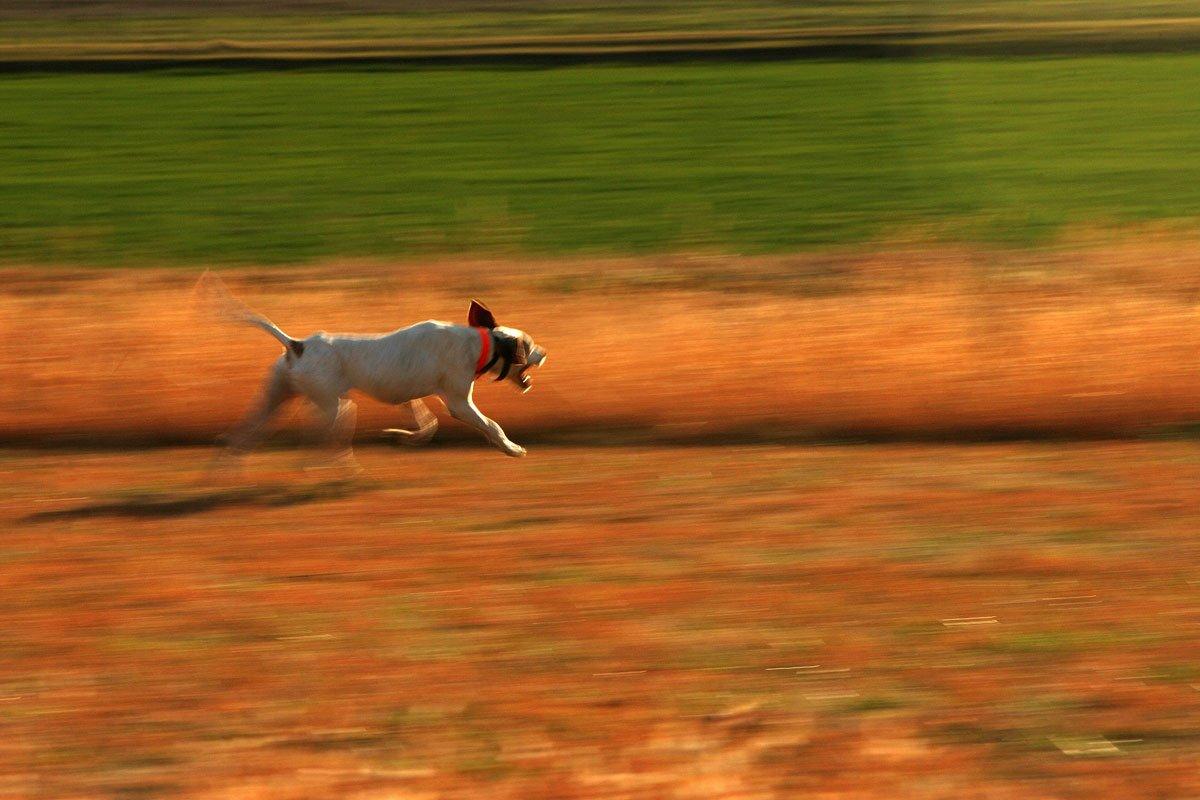
I rode in the backseats of old 4-wheel-drives while the men explored side roads they'd hunted years earlier. We'd pull up to a dilapidated farm house, and they'd squabble back and forth on whether the old woman who'd lived there 10 years ago had let them hunt, which of them had asked her and whom she be more likely to remember. One of them would eventually step out, knock on the door, and a new owner, usually some relative of the previous old woman, would appear, chat for a while, and, occasionally, give us permission to hunt.
There used to never be a problem with just pulling over and turning the dogs out for a couple hours at about any little farm you wanted, Dad would say. All those little farms had birds, too. Their fencerows were grown up between the beanfields, and you didn't see fescue growing everywhere.
Quail and Quail Hunting Facts
(Compiled from Quail Forever and Quail Unlimited)
- Northern bobwhite quail populations have declined by more than 65 percent in the past 20 years
- The decline has been blamed on many factors ranging from house cats and hawks to pesticides and disease. But changes in farming practices have led to habitat loss, and this is the single-largest factor in the quail decline.
- Bobwhite numbers were at their highest in the late 1800s through the 1950s when small patchwork family farms were the dominant form of agriculture and controlled burning was a frequently used tool. In addition, less-efficient farming practices frequently left weeds and crops standing around field edges. That edge habitat is a requirement for quail.
- Efforts are underway in many areas to restore quail habitat, and landowners wishing to improve the quail habitat on their land can often take advantage of state and federal conservation programs designed to do just that. Though quail restoration on a large scale may be a lost cause, localized populations of birds can often be dramatically improved in a few years.
- According to a survey taken in 2009, there were 22,500 quail hunters remaining in Georgia, once considered an epicenter of quail hunting in the Southeast. In 1967, there were 139,000.
- Of all the quail shot in Georgia in 2008-2009, 97 percent were pen-raised, according to the survey.
- Collective surveys from Georgia, South Carolina and Iowa—all once-popular quail-hunting states—showed an 88 percent average decline of the numbers of bird hunters.
Never be a problem may have been a slight generalization, of course. The occasional landowner would take exception to hunting without first asking. A couple times a season, the story of the old woman who pulled a long-barreled revolver on Dad and Donald as they crossed the yard of a house they assumed was abandoned would come up.
We didn't think anybody lived in that old place, Dad would say. Hell, you could see between the boards in the house, and I don't even think there were windows to it. We'd hunted it before and killed some birds. So we pulled over and turned the dogs out, and when we crossed the lawn, this old woman was standing at a clothes line, wearing one of those old pilot's caps with the ear covers on them. She had tobacco spit dribbling down the corners of her jaws, and when she saw us, I heard her mumble something.
I looked at Donald, and before I could say anything, she pulled this long-barreled pistol out of her dress pocket, pointed it at us and yelled, 'I said come'eer! People don't pay me much 'tention because they thank Ima crazy. Then I get 'ol Bessy out and they listen better.'
Donald, a quieter guy than dad, would often chime in here. I knew the ending to the story, but loved to hear it when both of them told it together, particularly when they'd imitate the old woman's shrill voice.
She had that gun waving around, and I believed her that people thought she was crazy.
Your daddy started telling her that we didn't mean any harm, and if she wouldn't kill us, we promised we'd never be back. But turns out, she didn't mind for us hunting. She just wanted us to ask first. We killed a limit of birds that day.
There were countless other stories, and so many of them ended with Dad and Donald shooting a limit of birds that day. They hunted Graves County a lot, so the old man's reference could've been to any number of trips.
There was lots of reminiscing about the good old days, of course, and then that would lead to commentary about how much things had changed. When those conversations began, there seemed to be more ominous things in the air that remained unsaid. Posted and Leased signs were common sights at once-favored farms. You didn't see coveys of birds running across the road anymore. Finding a couple coveys in a day's time was about the best you could hope for, and there were many days when you didn't find anything. The bird hunters' sport was dying and they knew it.
I quit bird hunting after a few years, once I got my driver's license. I'd gotten tired of all the walking and carrying shotguns that I never got to fire, so I took up duck hunting. The last wild quail I shot at were feeding on the same abandoned logging road I happened to be strolling down with a shotgun. I fired a blast into them as they ran along the ground. It was legal, and I picked up the half dozen dead quail to take home and eat, but even as a 16-year-old, I knew it was a mean, unsporting thing to do. I think back on it and am ashamed.
Dad kept on bird hunting, even raising and training bird dogs, after I left home for college. I'd always ask him how the hunting had been when I'd call home during bird season, but the reports were rarely good. Just no birds, and nowhere to hunt them, anymore, he'd say. Finally, he began giving his dogs away. A year or two ago, his last dog, an old setter that he'd raised from a puppy but had become an arthritic, gentle-natured house dog, passed away.
Donald still has dogs from what I understand, and still hunts a little bit each season. He, his bird dogs and the few other hunters like him who are still around are sometimes seen in the late fall and winter, hunting on public cutover areas because there've nowhere else to go. They're regarded as a near novelty.
I don't think quail will disappear in my lifetime, and perhaps there'll still be a hunting season for them when I'm an old man. But I was around just early enough to see the end of the age of the everyday bird hunter. It's an age that's come and gone.

